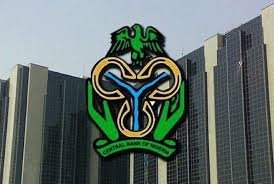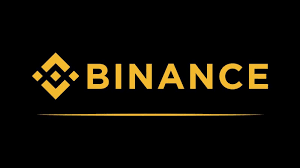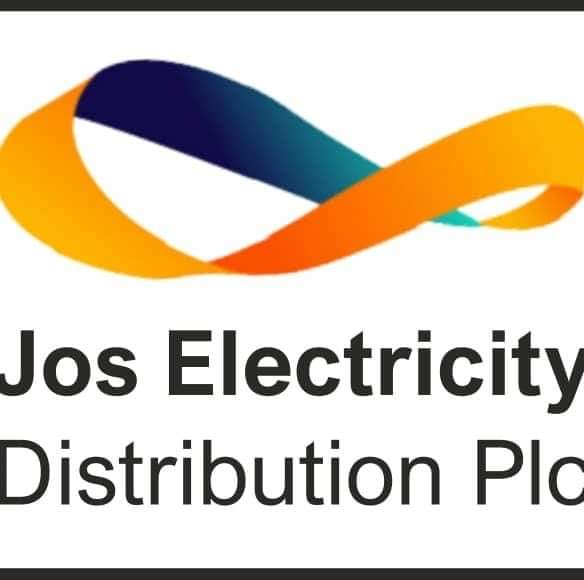The Governor of the Central Bank of Nigeria (CBN), Olayemi Cardoso has said Medium-Term Debt Strategy (MTDS) will optimise Nigeria’s debt portfolio and improve debt management capabilities.
Cardoso stated this at an MTDS training session jointly organised by the World Bank, International Monetary Fund, and West African Institute for Financial and Economic Management (WAIFEM) in Abuja.
Represented by Muhammed Musa Tumala, CBN Director of the Monetary Policy Department, Cardoso said short-term borrowings were aimed at extending debt maturities from 10 to 30 years in domestic and international markets “to lower refinancing risks and pressure on domestic markets.”
He noted that Nigeria was currently assessed to be at a “moderate” overall risk of sovereign stress.
He said; “This strategy is notably the most cost-effective among the three options, primarily due to its reduced reliance on external borrowing, which lowers exposure to currency risk.
“While significant progress has been made in implementing the strategy, ongoing challenges related to exchange rate volatility, inadequate revenue generation, and external shocks, such as oil price volatility, would necessitate continuous refining of the MTDS to address these challenges and leveraging opportunities.
“Nigeria’s situation is stable despite the near-term risks attributed to unfavourable global market conditions and the increased debt burden since the pandemic. Significantly, the external debt-to-GDP ratio is a manageable 9%, indicating cautious external borrowing.
“Most (85%) of its debt has medium to long-term maturities, and compared to the emerging and developing economies’ average of 50% GDP, Nigeria’s debt level at 37% GDP shows it’s in a relatively favourable position regarding debt sustainability.”
In his welcome remarks, the Director-General of the West African Institute of Financial and Economic Management (WAIFEM), Dr. Baba Musa, said the orgainisation “aims to strengthen country teams responsible for developing, updating, and implementing the Debt Management Strategy (DMS).”
According to him, participants would be trained in the steps needed to prepare a domestic debt strategy document and other approval and reporting requirements.
“We cannot overstate the importance of a Debt Management Strategy (DMS). First, it places debt management within the larger macroeconomic framework, ensuring effective coordination with monetary and fiscal policies over the medium-term horizon (3-5 years).
He said; “Second, by carefully strategizing their borrowing requirements and options, countries can achieve their debt management objectives of minimizing borrowing costs and mitigating the risks associated with market instability.
“Additionally, they enhance the credibility of debt management, promote debt transparency, strengthen domestic securities markets, monitor strategy execution and issuance plans, and facilitate constructive discussions with development partners, investors, and credit rating agencies on borrowing strategy choices.
“Therefore, this training aims to enhance participants’ knowledge and skills in designing and implementing the medium-term debt strategy.
“It will cover the entire gamut of the MTDS Framework and the MTDS Analytical Tool, including the required market inputs (primary deficit and gross financing needs, interest and exchange rates, and financing strategies) and defining and calculating the cost-risk indicators.”


























